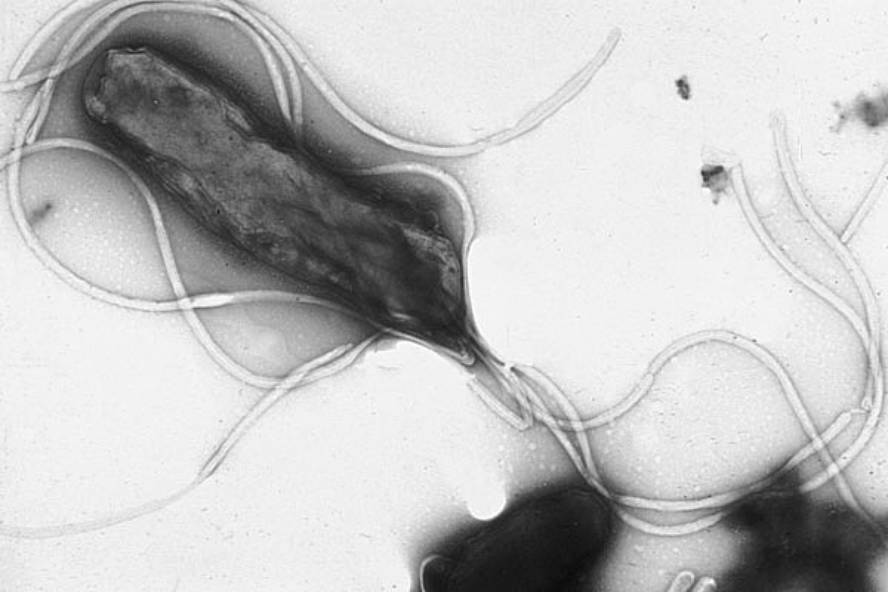Develop a simple method of fluorescence to diagnose ulcer

The Danish University of the South has developed a safe and non-invasive method of diagnosis of ulcers. It is based on the fluorescence of the bacteria that induces ulcer in the stomach, which prevents the need to introduce tools to the stomach to take a sample and analyze it.
There is another non-invasive method based on respiratory analysis, but little accurate. On the contrary, the researchers have indicated that the method developed by them is totally accurate, comfortable for the patient and allows an early diagnosis. In this way, early diagnosis allows to prevent not only the appearance of ulcers, but also the development of cancer.
In fact, researchers have developed a molecule that converts the ulcerative bacterium, Helicobacter pylori, into fluorescent. The objective was not easy, since the molecule should be able to perform its function in stomach conditions, that is, at 37 degrees and in very acidic medium. Finally it has been obtained by LNA molecules (Locked Nucleid Acid). LNA molecules are synthetic molecules similar to RNA, non-toxic, with hybridization capacity with the microRNA of the bacteria and are very stable.
However, they must work on some essential details to start using them, such as how to see the fluorescence emitted by bacteria. Researchers have advanced that doctors can use a microcamera sent to the stomach, but they have not yet done the test. The molecular study has been published in the journal PLOS ONE.





